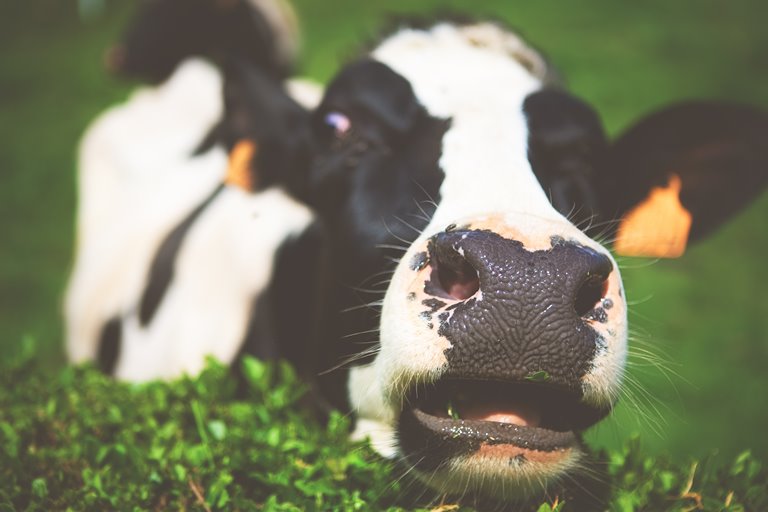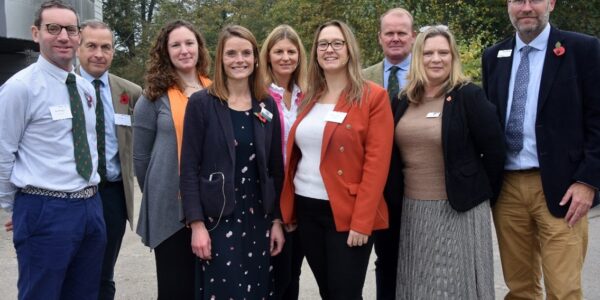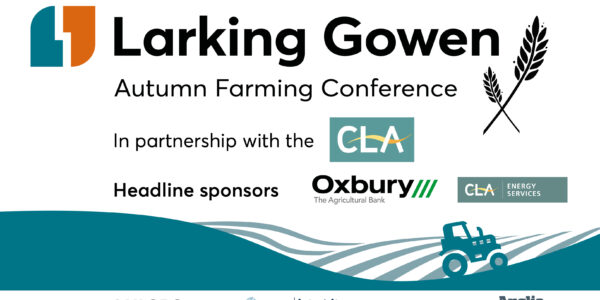Farming income overview – good or bad?
10/07/2018 - Larking Gowen

The experts at Larking Gowen take a look at the figures released for Total Income from farming for 2017.
Figures released by DEFRA at the beginning of May showed that Total Income from Farming (TIFF) in the UK is estimated at £5.7 billion. TIFF represents the return to the farmer after paying all expenses and charging depreciation – but without any deduction for proprietors’ wages or any notional rent on owned land. It’s closely akin to the figures shown in the typical set of farm accounts and, since it is based on a calendar year, broadly captures the results of harvest 2017.
TIFF 2017 shows an increase of 41% over 2016, reflecting better prices for both cereals and livestock but relatively static overheads. This is unsurprising if you look at a simple “marker” such as the wheat price, which has risen by about £20 per tonne year on year. Beef has shown a similar gain. Using the same simplistic approach, we might expect another significant rise in TIFF for 2018.
However, drilling down into the detail and the implications, the news isn’t quite as good. Firstly, TIFF for an average farm partner has risen to just under £29,800. Assuming a conservative 2,500 hours per annum (and most will work longer than that) it comes out at just below £12 per hour. That figure includes rent on land that is owned and notional return on capital invested – if these two elements were removed, the figure would probably be under £10 per hour, which is not far above the minimum wage. Furthermore, the hourly figures are averages. By definition, half the farming population will be achieving less than the average.
Secondly, the contribution of EU subsidy to TIFF is huge. At £3.2 billion it represents 56% of farm income. Put another way, with no subsidy, the real return to the average farmer would be less than half the minimum wage and a significant number of farmers would be working for nothing.
Finally, and perhaps most importantly, TIFF in 2017 is the highest it has been since 1997. As we enter the post Brexit root and branch reform of the industry and its subsidy regime, there’s a danger that those who are unsympathetic to the industry or who wish to earmark government spending to other areas will focus on the highlights from a single set of figures, disregarding both the lacklustre return in absolute terms and the fact that these are not the worst results in 20 years.
Over the next few months, and as the results from the “Health and Harmony” consultation are digested, a new Agriculture Bill will take shape. Hopefully the statistics from TIFF will be broken down to a human level, and will be seen in their historical context and not as a level which will automatically be achieved annually in future.
To discuss the contents of this article, please speak to your usual Larking Gowen contact.
Call 0330 024 0888 or email enquiry@larking-gowen.co.uk
All articles on this news site are submitted by registered contributors of SuffolkWire. Find out how to subscribe and submit your stories here »



